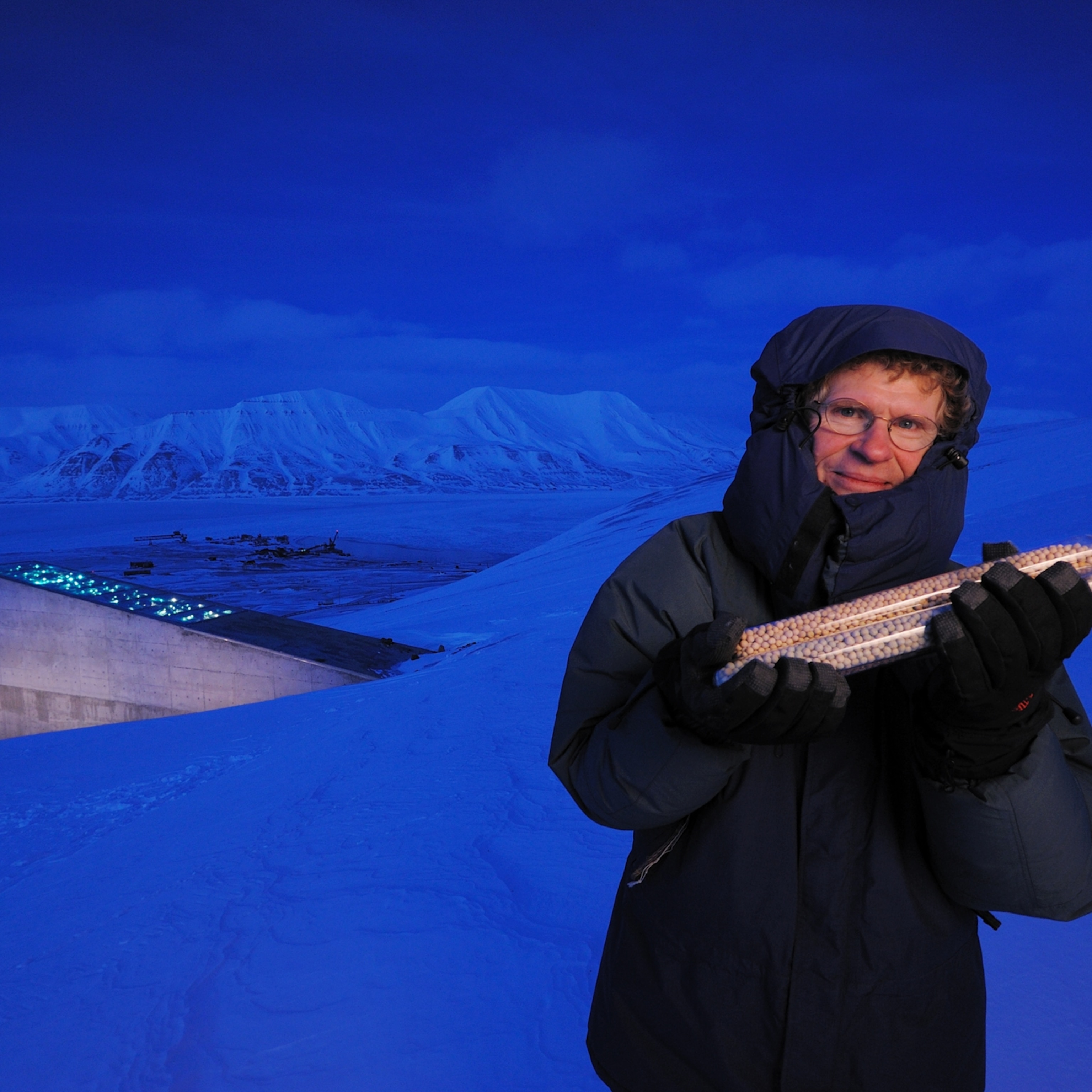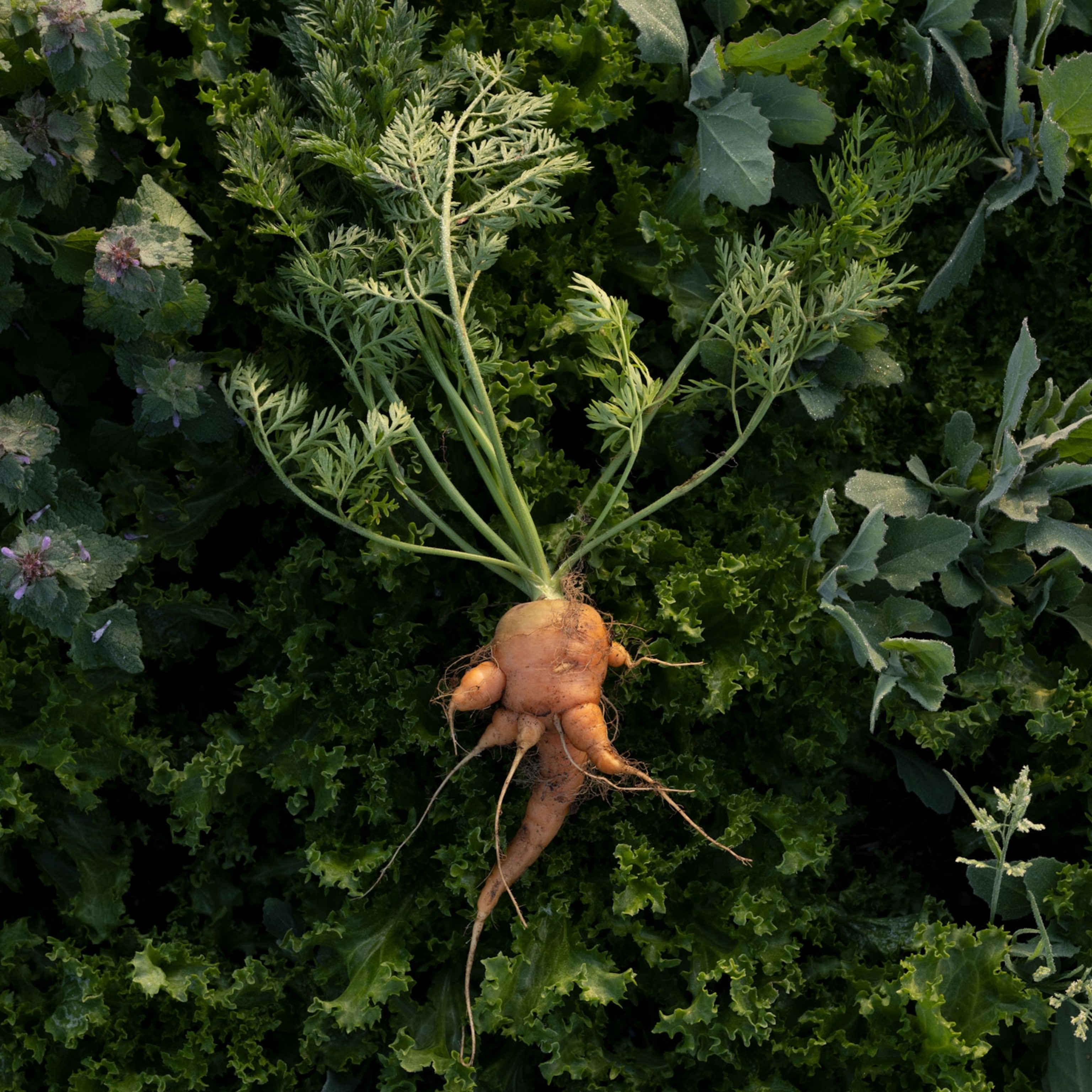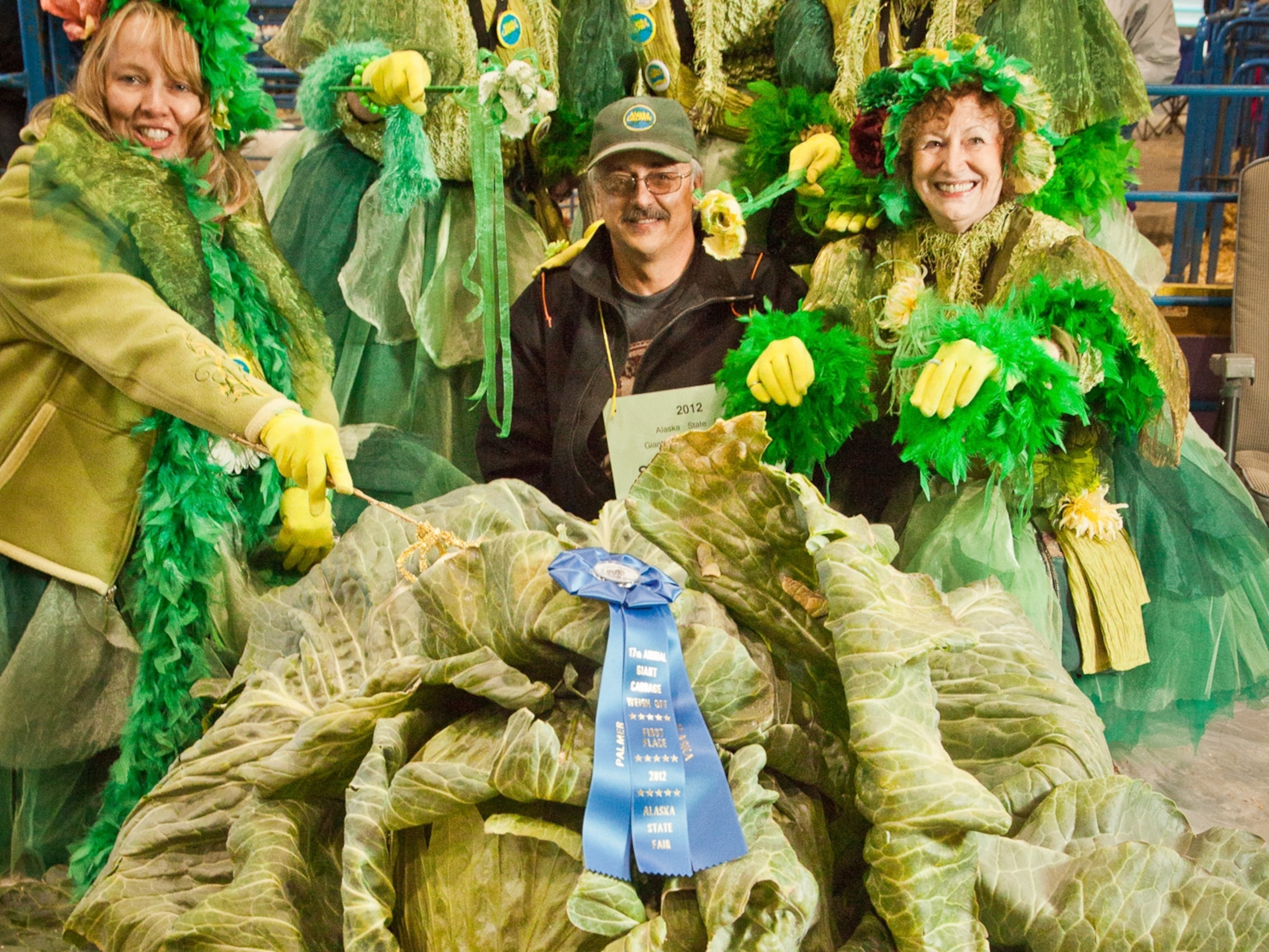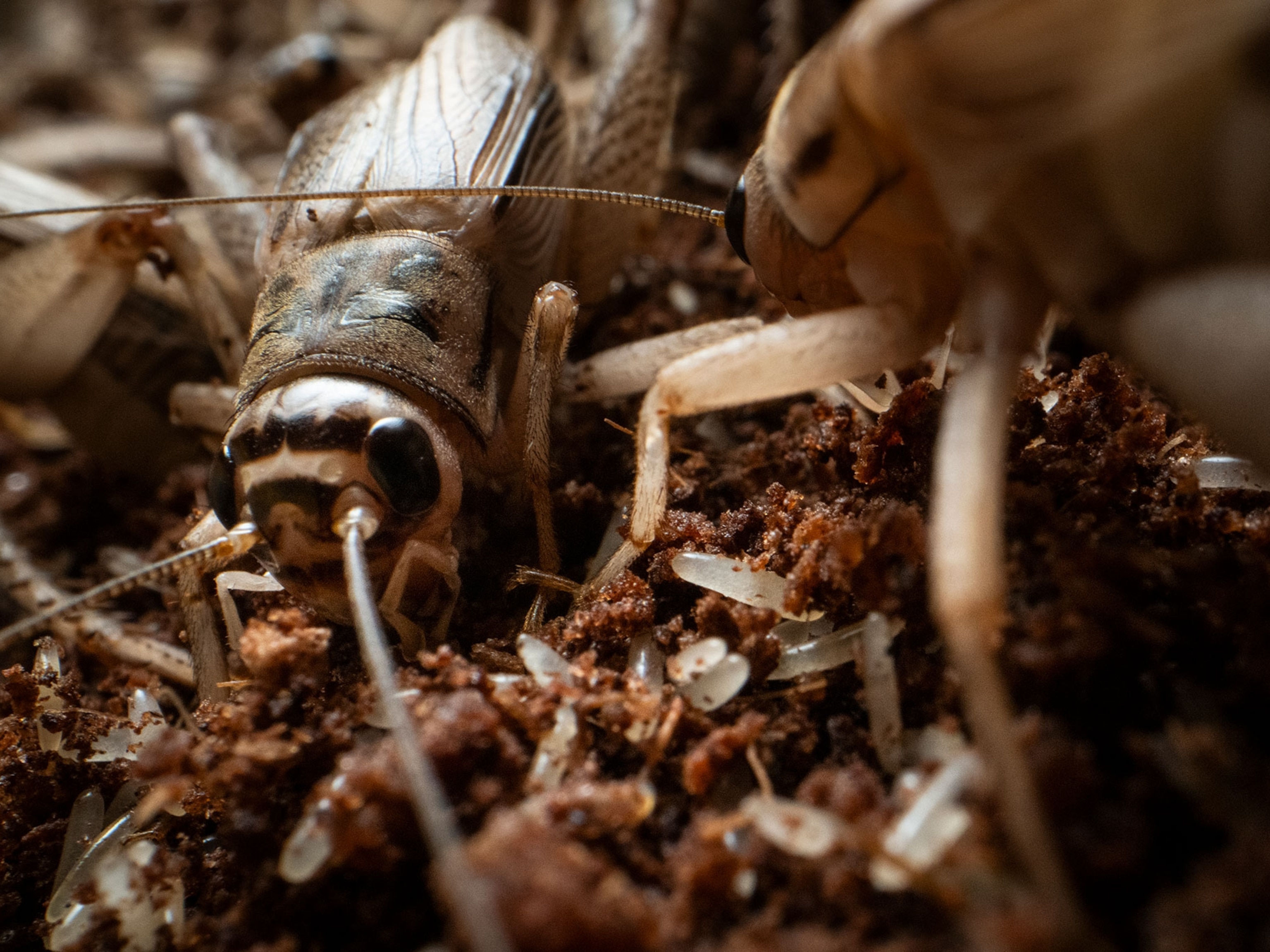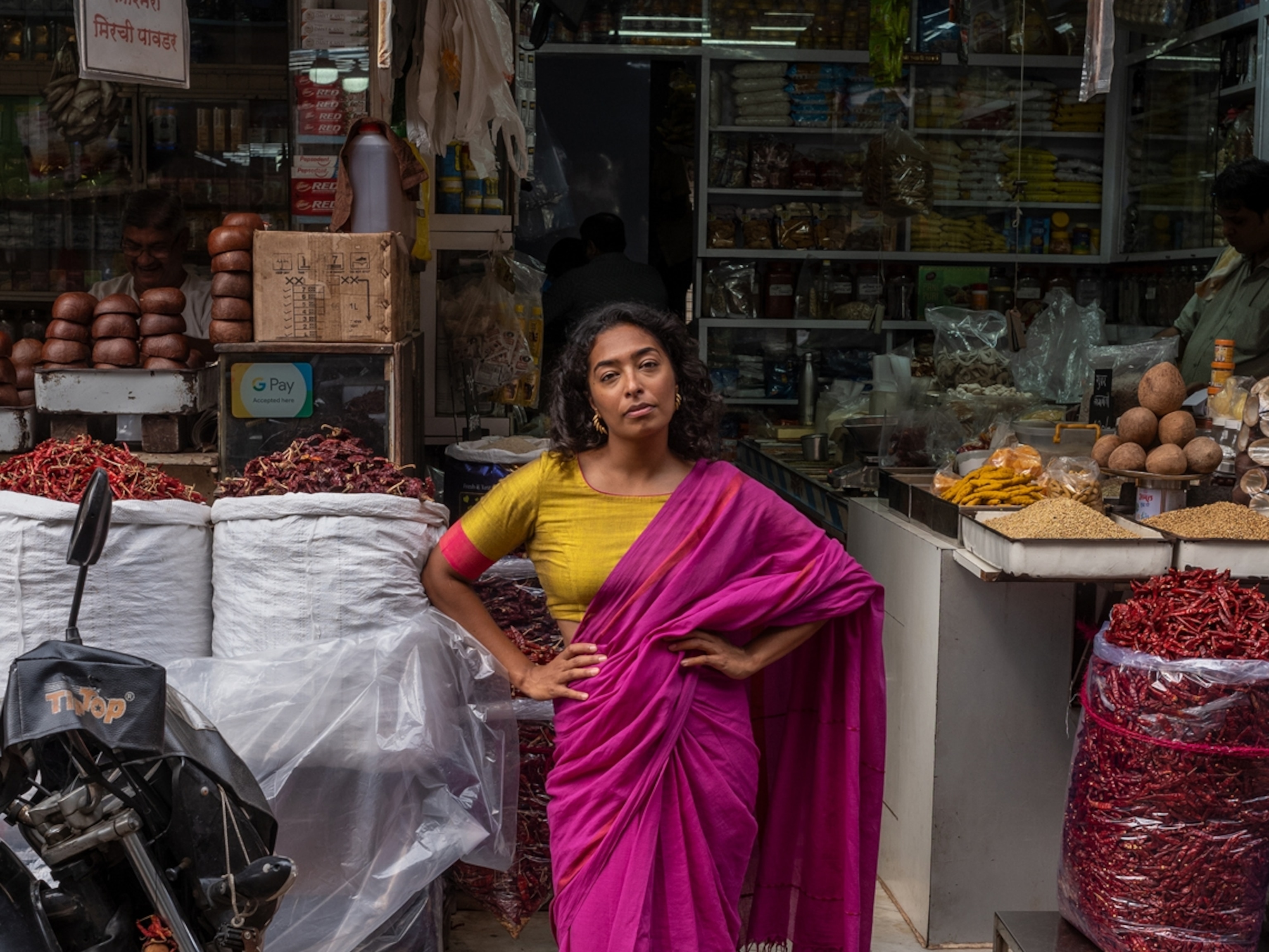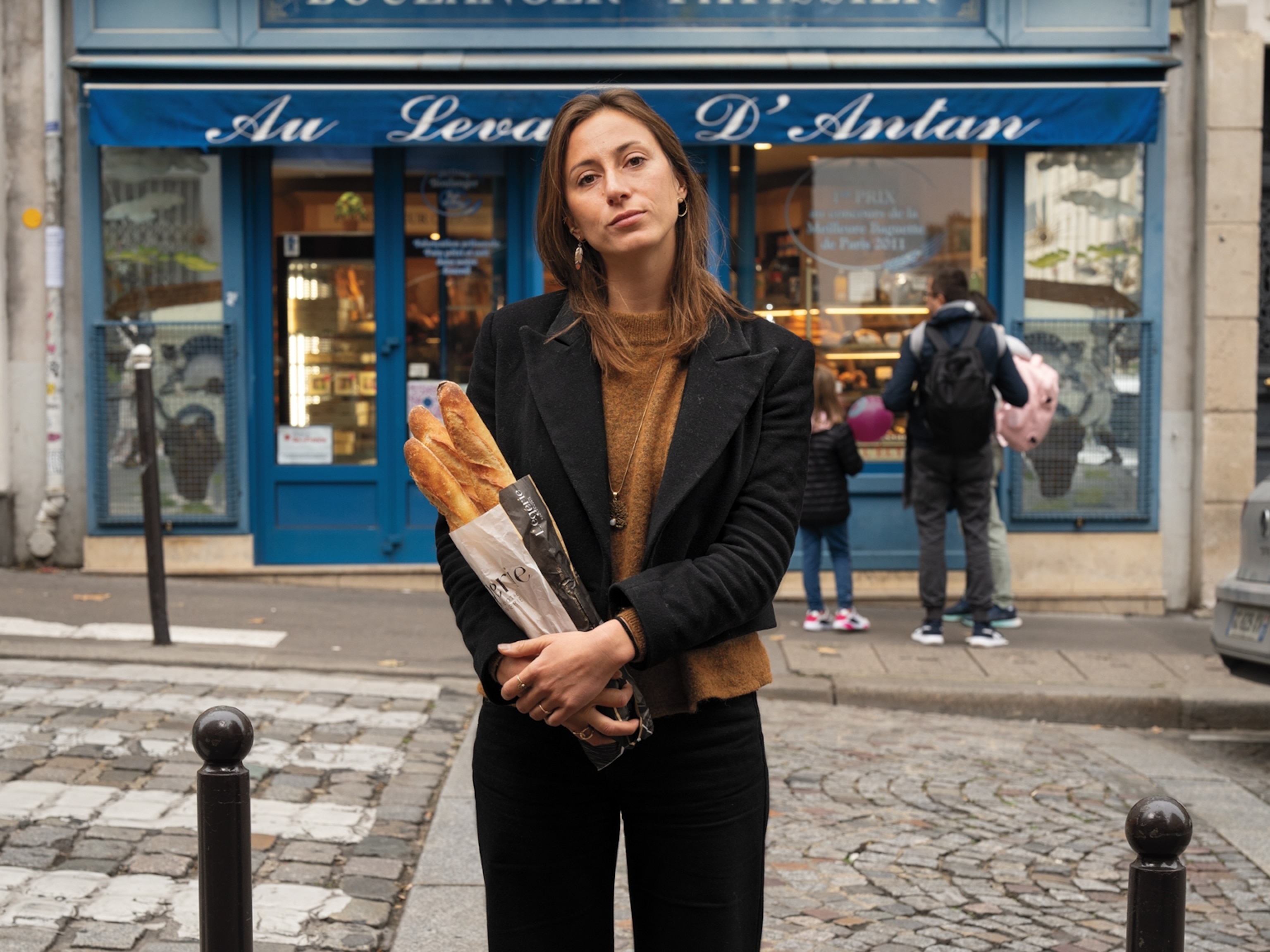
Chef Dan Barber Says Consider the Clover
“Farm to Table” is so 2009.
According to a pioneer of that widely popular movement, Dan Barber, a better slogan for today might be “Seed to Table.” Barber is executive chef of Blue Hill restaurant in Manhattan and Blue Hill at Stone Barns restaurant in upstate New York. He’s known for his thought-provoking TED talks and manifesto-like book, The Third Plate: Field Notes on the Future of Food. Among his latest appeals? Start listening to the land, eating more millet, and Instagramming pictures of clover.
We had a chance to sit down with Barber and ask him about millet and other things on his mind. Our conversation was edited for length and clarity.
Q: In your book you lay out some forward-thinking ideas, including the concept of eating the whole farm, instead of just the “cream of the crop” items like tomatoes, zucchini, and eggplant. Are we heading in that direction?
It’s starting but it’s very small. What I see are chefs who are defining their restaurants by their region and micro-region. Great cooking is no longer being defined by foreign cuisines or luxury items like lobster and caviar and foie gras, or by out-of-season ingredients. This is the idea of the Third Plate. It’s: “What is the land telling us it wants to grow and how can we make that food delicious and create patterns around eating those ingredients?” These chefs are preparing lowlier ingredients, like clover and millet, which is a delicious grain, with good attention to detail and thoughtfulness. To me this is one of the more exciting possibilities for the future.
Q: So should chefs be the ambassadors of thinking about food this way?
Yes, we’re architects for a certain kind of menu that should be reflective of what the land wants to produce. That’s a very different notion from the American diet. The American expectation for dinner is a seven-ounce steak and that’s clearly something that the current capacity of the Earth doesn’t allow for. It’s a backward way of looking at what is truly sustainable. What’s truly sustainable is first looking at what the land is telling you it wants to grow, and then figuring out how to promote that. That’s how all the great cuisines emerged. All of it emerged from that desperation.
Q: Speaking of cuisine, you write that we don’t really have a strong national one in the U.S., with the possible exception of southern cuisine.
I don’t know if there’s another pattern of eating or tradition around eating that we can call our own in this country. Southern cooking actually emerged out of desperation. There was a soil crisis and a lapsing of fertility that forced farmers, mostly slaves, into a negotiation with the land and that’s when these iconic dishes emerged, like Hoppin’ John and all the rest of them, that support soil fertility and ecological functioning.
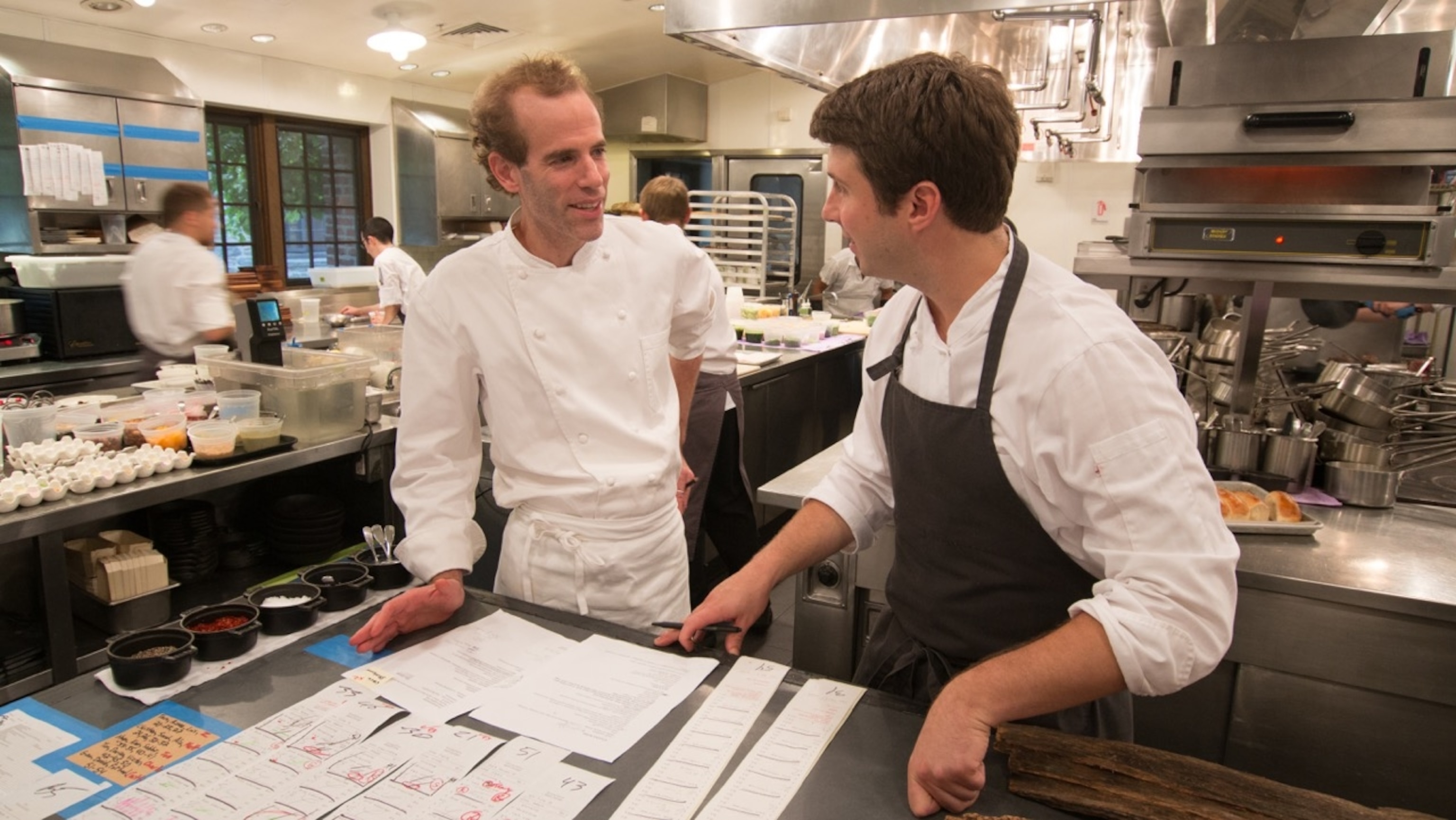
Q: You suggest it’s time to move beyond the “Farm to Table” movement, which you yourself pioneered.
The new food movement is calling for a way to opt out of a conventional system that dumbs down genetics, that dumbs down flavors. To do that we need to not just embrace local farmers, but also we really need to embrace the idea of thinking about food from before the farmer. We need to embrace it from before the kitchen. We need to embrace it from the seed, because the seed dictates the kind of agriculture and ultimately the kind of nutrition and flavor that’s possible.
Q: Many of us are embracing the nutritious and flavorful heirloom varieties of fruits and vegetables these days. But you say that’s not the best way to go, either?
The problem with heirlooms and heritage breeds is that we end up supporting varieties that from an agronomic point of view are a little risky. They [heirlooms] tend to have much lower yields and they tend to be difficult to grow in different environments and so while they tend to also taste better… they run into this idea of elitism.
The challenge for the future is preserving and promoting great flavor and nutrition but doing it in a modern context.
Q: I confess to sometimes Instagramming dishes I’ve made with produce from the farmer’s market because I feel proud of myself for being virtuous. Is that misguided?
The only thing that’s flawed about that is if you’re Instagramming under the auspices that you’re doing something to fight the industrial food chain and that your support of these kinds of ingredients is going to change an agriculture system that is increasingly specialized and industrial. I just don’t know that that’s an answer.
The last ten years have told us that it’s demonstrably not an answer because we’re not changing the food system in a way that will lead to a more sustainable farming system. So what you’re doing by promoting that tomato, etc., is you’re cherry-picking the ingredient that you most want for your kitchen, that you most covet. But from the farmer’s perspective it’s one crop and—from a soil fertility perspective—it’s the one crop that’s very expensive to grow. It is the Hummer of the food world.
I would say if you’re Instagramming a clover cover crop from the fall before, and saying “This is what’s going to make my tomato taste so good,” I’m with you.

